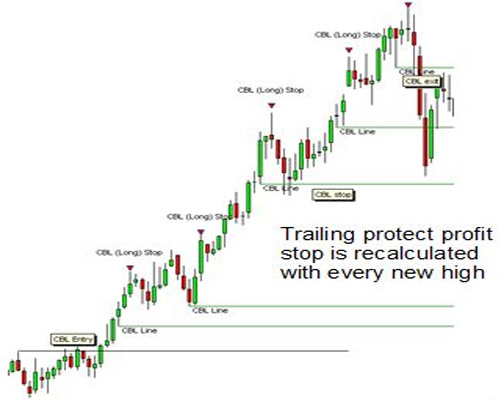On the morning of July 3, on CNBC we talked about the developing situation in Egypt. We looked at two charts. The first was Nymex oil just starting to move above $100/barrel. The second chart was the Egyptian EGX 30 market index. There was an interesting divergence, and this opened the way to a trading strategy.
The EGX30 was showing a strong rally. This suggested the market was expecting a rapid resolution of the current problems and a return to stability. Frightened money flees markets, causing them to crash. Confident money stays in markets. This is what was happening in Egypt with the market rallying.
(Read More: Oil Rally Not Just About Egypt: Deutsche)
So what's the trading solution in this environment? It's a SAR – stop and reverse trade. This is a rally trade. It's not a trend trade. We expect this to be a short term momentum pop, followed by a retreat back to under $100. It starts with trading from the long side with upward momentum. Entry is as near to the $100 breakout as possible. The stop loss is calculated using the Guppy count back line. This is a self adjusting volatility based stop.
The stop distance from the current price changes as the significant volatility of price changes. On the day of entry the count back line is calculated from the high of the previous day. The count back line is the stop loss. The position of the count back line is adjusted whenever a new daily high is made. A close below the count back line (CBL) is a signal to exit the trade.




